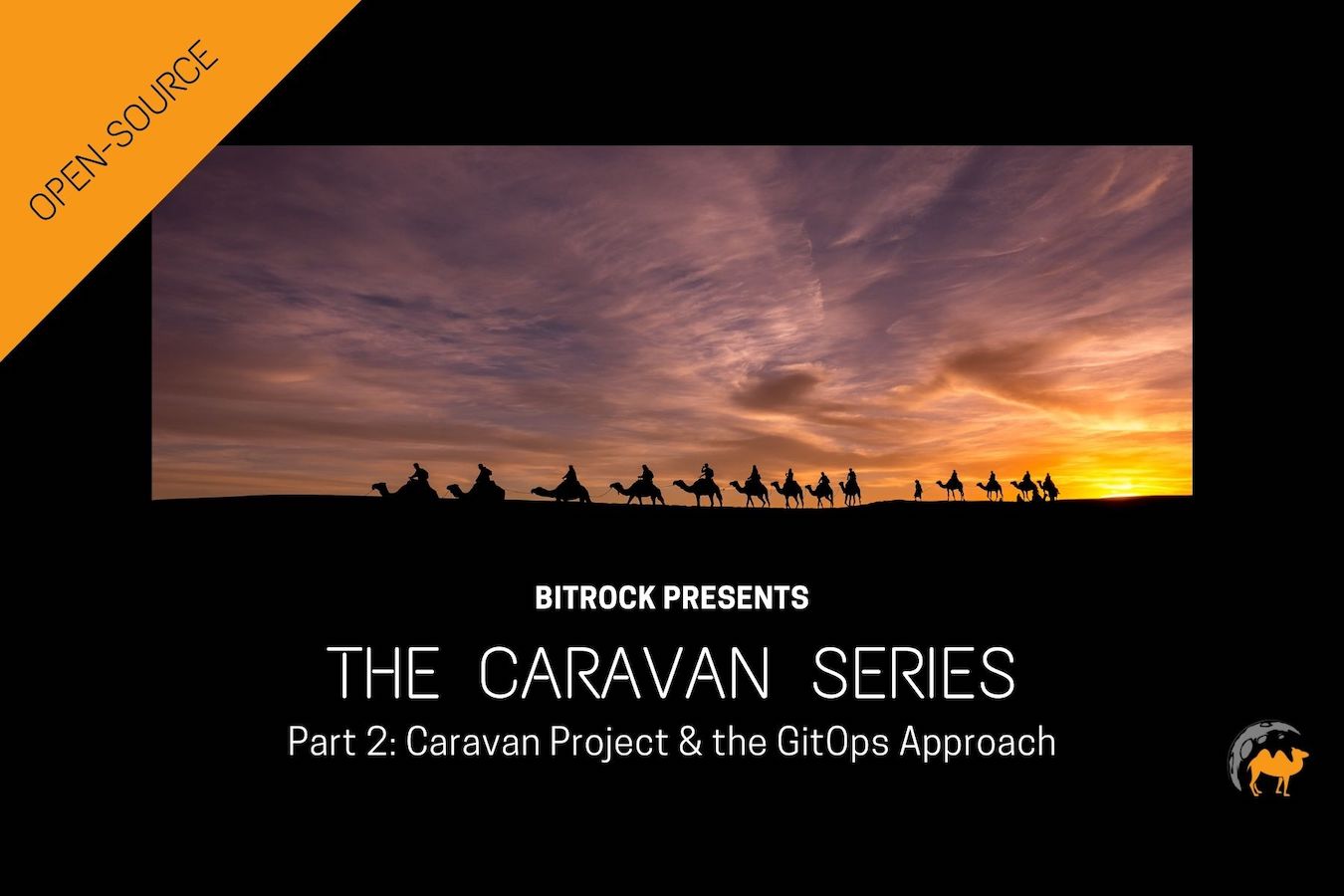This is the second entry in our article series about Caravan, Bitrock’s Cloud-Native Platform based on the HashiCorp stack. Click here for the first part.
What is GitOps
GitOps is “a paradigm or a set of practices that empowers developers to perform tasks that typically fall under the purview of IT operations. GitOps requires us to describe and observe systems with declarative specifications that eventually form the basis of continuous everything” (source: Cloudbees).
GitOps upholds the principle that Git is the only source of truth. GitOps requires the system’s desired state to be stored in version control such that anyone can view the entire audit trail of changes. All changes to the desired state are fully traceable commits, associated with committer information, commit IDs, and time stamps.
Together with Terraform, GitOps allows the creation of Immutable Infrastructure as Code. When we need to add or perform an update, we have to modify our code and create a Merge/Pull Request to let our colleagues review our changes. After validating our changes we merge to our main branch and let our CI/CD pipelines apply the changes to our infrastructure environments.
Another approach in GitOps avoids triggering a CI/CD pipeline after a new change is merged. Instead, the system automatically pulls the new changes from the source code, and executes the needed actions to align the current state of the system to the new desired state declared in the source code.

How GitOps helped us build Caravan
GitOps provides us with the ability and framework to automate Caravan provisioning. In practice, GitOps is achieved by combining IAC, Git repositories, MRs/PRs, and CI/CD pipelines.
First of all we define our infra resources as code. Each layer of the Caravan stack is built following GitOps principles, and the first one is of course the Infrastructure layer that allows declaring the required building block for the major cloud provider. Networking, Compute resources and Security rules are all tracked in the Git repository.
Then, the following layer is the Platform one where we bring online the needed components with the required configuration. Finally, we declare the Application Support components deployed on top of the Platform.
Currently, the applications are deployed using a simpler approach leveraging standard Terraform files that we called “Carts”. Nomad itself can pull configuration files from git repository but lacks a solution like ArgoCD for automatically pulling all the nomad job descriptors from git.
Want to know more about Caravan? Visit the dedicated website, check our GitHub repository and explore our documentation.
Authors: Matteo Gazzetta, DevOps Engineer @ Bitrock – Simone Ripamonti, DevOps Engineer @ Bitrock



